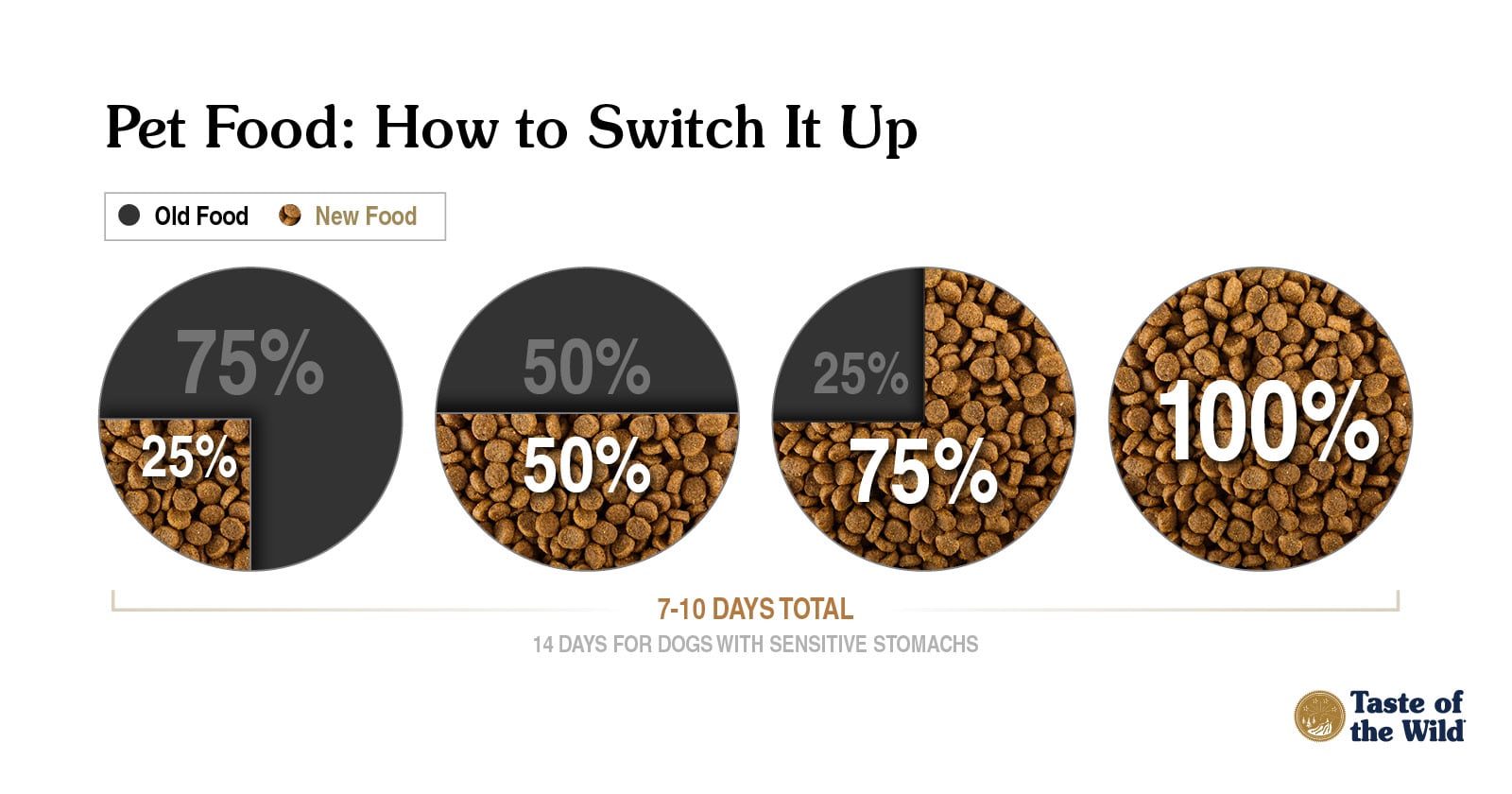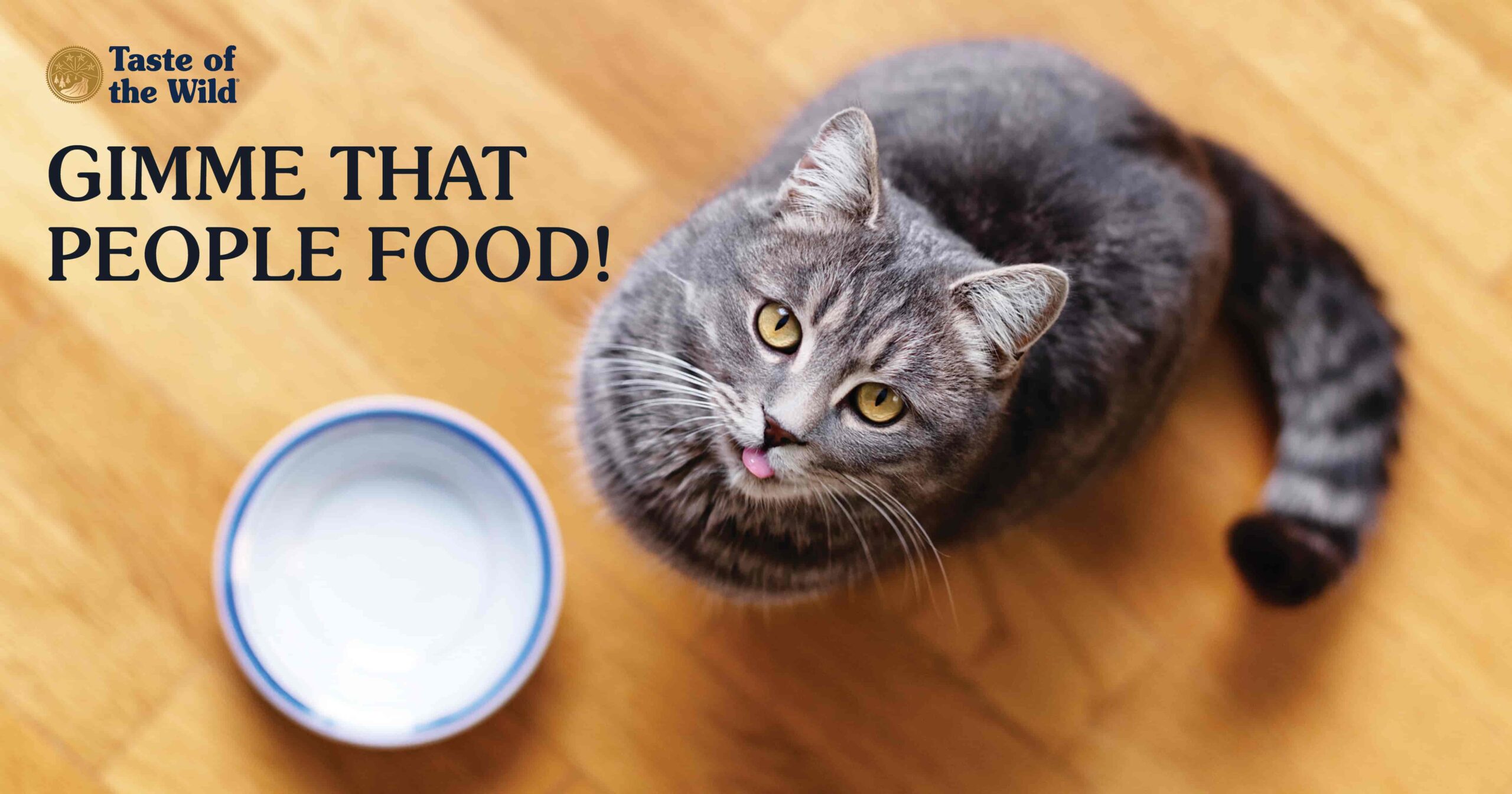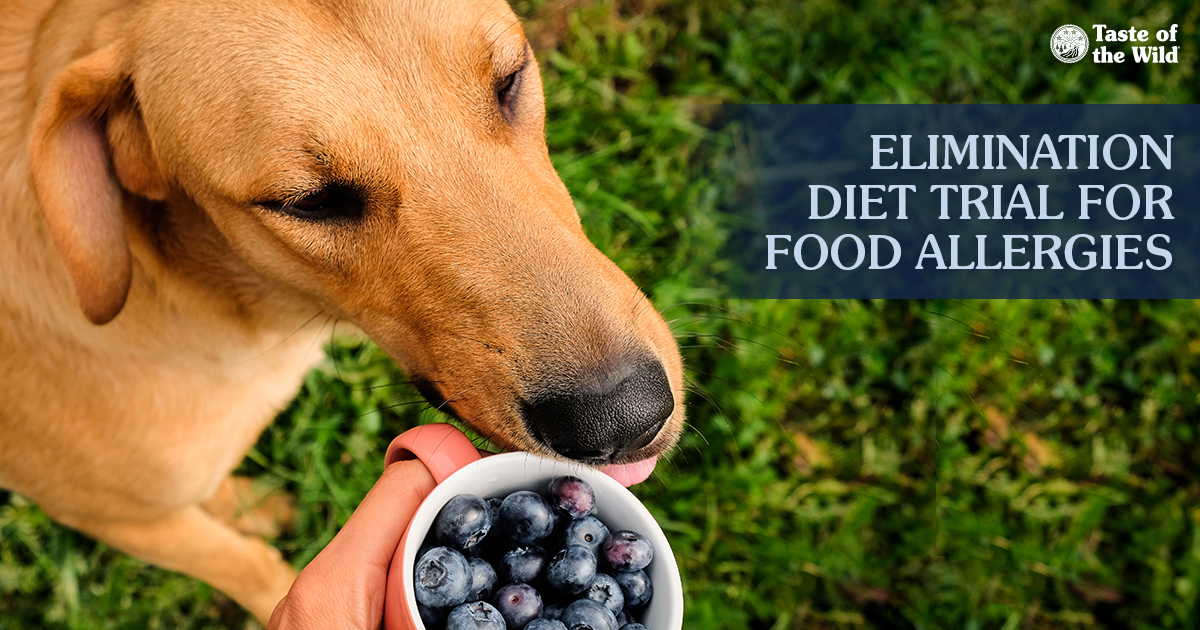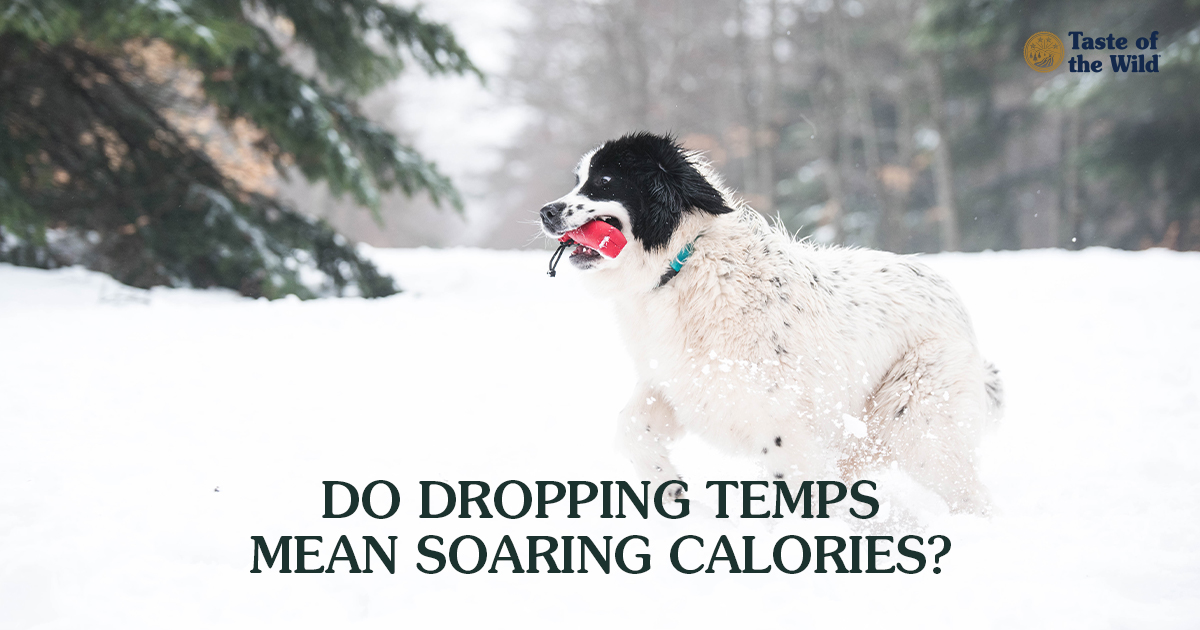Changing Your Pet Food: Why and How?
Thursday, November 3, 2016 | Nutrition

There are many reasons to consider switching pet food flavors, types or brands. But how do you go about changing your pet food, and how do you know it’s really time?
Your pet may eagerly devour a new type of pet food. But your pet’s digestive tract may not be as enthusiastic: Vomiting, diarrhea and gas are just a few of the potential consequences to a sudden food switch. That’s why food transitions should be made gradually, over the course of a week or more, to give your pet’s digestive tract a chance to adjust.
The Right Time to Change Foods
Your pet’s nutritional needs often change with different life stages. So it makes sense to move to a different food when your pet grows from a puppy or kitten to an adult and again when they enter their senior years.
Certain health conditions, such as kidney disease, diabetes or simply weight gain may necessitate a diet change. Or you may just have personal reasons for trying a new formula, such as ingredient or brand preferences (Taste of the Wild, for instance, has plenty of enticing selections) or just to save money. It’s important to note that if your pet suddenly stops “enjoying” the current food you purchase, you should consult your veterinarian before making a switch.
Whatever the reason, there are actually times when you may not want to change your pet’s food, and that’s when your dog or cat is really sick. A diet change may add more stress to a body that needs to focus on getting healthy.
It Takes a Little Patience
Whether you’re switching brands, changing from dry to canned food or simply changing flavors, the key is to make the transition gradually.
Start by adding a small amount of the new food while slightly reducing the previous food. That means the pet starts with about 75 percent of the previous food and 25 percent of the new food. Over the course of the next 7 to 10 days (14 days for dogs with sensitive stomachs), you can gradually alter the food proportions to 50 percent of the previous food with 50 percent of the new food, then 25 percent previous food with 75 percent new food until the pet is finally eating 100 percent of the new food.
If your pet experiences any vomiting, loose stools, excessive gas or digestive noises, talk to your veterinarian. Usually, it’s better to slow the transition even further than to abruptly switch back to the previous diet.
Making the Pet Food Switch Easier
If you’ve been free-feeding your pet, this may be a good time to switch to regular meal times. Instead of leaving food out all day, place the bowl down, then remove whatever your pet hasn’t eaten after 20 or 30 minutes. For pets that may not be enthusiastic about the change, slight hunger pangs may prompt them be more accepting of the new food.
Since cats have a reputation for being finicky eaters, it helps to expose them to different types of foods as kittens. Try feeding them both dry and canned foods, as well as different sizes and shapes of kibble (with gradual transitions, of course). This may make food transitions easier later in life.
If your cat refuses the new food, you don’t want him or her to go without eating for more than 24 hours; this can lead to a serious medical condition called hepatic lipidosis, or fatty liver. When transitioning your cat to canned food, try warming the food slightly so the aroma can entice him or her. You can also try breaking up the daily food allotment into smaller, more frequent meals throughout the day or even employing food puzzles to help make meal time less ho-hum.
If you’re still having trouble, talk to your veterinarian. Some food transitions may lead to a bacterial imbalance in the digestive tract that can require added probiotics or even antibiotics. Your veterinarian can help get your pet back on track in no time.
RELATED POST: A Suddenly Picky Cat May Have Hepatic Lipidosis
The information in this blog has been developed with our veterinarian and is designed to help educate pet parents. If you have questions or concerns about your pet’s health or nutrition, please talk with your veterinarian.





